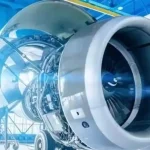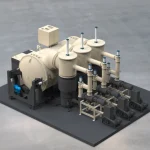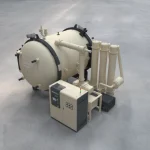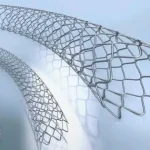About Vacuum Heat Treatment
1. Introduction to Vacuum Heat Treatment
Vacuum heat treatment is a modern and advanced vacuum heat treatment process carried out in a vacuum heat treatment furnace. Unlike conventional furnaces, industrial vacuum furnaces operate in a controlled low-pressure environment. This prevents oxidation, decarburization, and surface contamination of metals, resulting in bright, clean parts. With advanced technology from SIMUWU Vacuum Furnace, manufacturers achieve superior consistency and high-quality results.
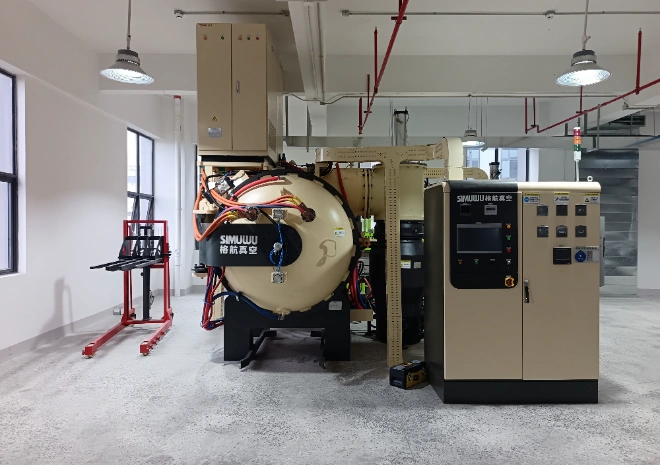
2. Key Factors in Vacuum Heat Treatment: Pressure, Temperature, and Time
Vacuum Pressure: The vacuum environment protects the surface and ensures oxide-free metal components.
Temperature: Precise control at austenitizing or tempering levels provides reliable phase transformations.
Time: Correct holding time ensures uniform microstructure and repeatable quality in every batch.
3. Practical Impact of Vacuum Heat Treatment
Using a vacuum heat treatment furnace provides:
High hardness and wear resistance after vacuum quenching.
Excellent toughness and reduced brittleness after vacuum tempering.
Bright, oxide-free surfaces that eliminate post-treatment cleaning.
These advantages make vacuum furnaces essential for aerospace, automotive, medical, and tooling applications.
4. Reasons for Choosing Vacuum Heat Treatment
Surface Quality: Demanding industries need oxide-free surfaces.
Complex Alloys: Stainless steels, tool steels, and superalloys respond better in vacuum.
Dimensional Accuracy: Vacuum quenching furnaces minimize distortion compared to traditional methods.
Technology Leadership: As a leading vacuum furnace manufacturer in China, SIMUWU provides advanced solutions for global industries.
5. Types of Vacuum Heat Treatment Processes
Vacuum Annealing Furnace: Softens steel, relieves stress, and ensures bright surfaces.
Vacuum Quenching Furnace: Provides high hardness with controlled distortion.
Vacuum Tempering Furnace: Balances hardness and toughness for quenched parts.
Vacuum Carburizing Furnace (LPC): Produces uniform case hardening for gears and automotive parts.
Vacuum Nitriding Furnace: Enhances fatigue strength and surface hardness.
Vacuum Brazing Furnace: Creates clean, strong joints for aerospace and medical components.
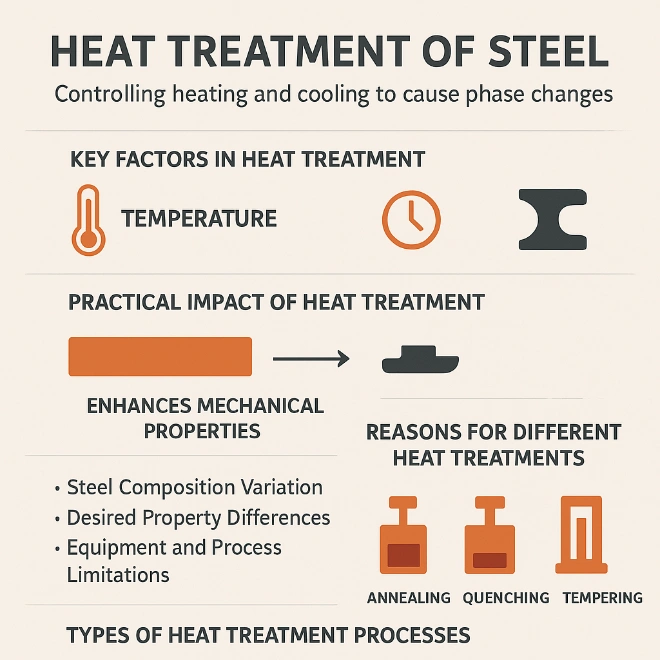
6. Comparison of Vacuum Heat Treatment Outcomes
Surface Quality: Bright and clean, unlike traditional furnaces.
Dimensional Accuracy: Better stability, less deformation.
Mechanical Properties: High hardness, strength, and fatigue resistance.
Consistency: Every cycle in SIMUWU vacuum furnaces ensures reliable results.
7. Applications of Vacuum Heat Treatment
Aerospace: Turbine blades, landing gear, precision components.
Automotive: Gears, shafts, bearings, and structural parts.
Medical Devices: Surgical tools, implants, and precision instruments.
Tooling Industry: Cutting tools, molds, dies, and wear-resistant parts.
8. Advantages and Disadvantages of Vacuum Heat Treatment
Advantages:
Oxidation-free, bright surface quality.
Precise process control with industrial vacuum furnaces.
Reduced distortion, better dimensional stability.
Compatible with advanced alloys.
Disadvantages:
Higher investment in vacuum heat treatment furnaces.
Longer cycle time for some processes.
9. Conclusion
Vacuum heat treatment is essential for high-performance components in modern industries. With SIMUWU vacuum furnaces, manufacturers gain stable, repeatable, and high-quality results. As a trusted vacuum furnace manufacturer in China, SIMUWU offers advanced vacuum quenching furnaces, vacuum brazing furnaces, and vacuum carburizing furnaces, meeting the toughest global standards.
10. Frequently Asked Questions (FAQ)
Q: What is the advantage of using a vacuum heat treatment furnace?
A: It provides oxidation-free surfaces, precise control, and improved part quality.
Q: Which industries use vacuum heat treatment the most?
A: Aerospace, automotive, medical, and tooling industries.
Q: What types of processes can SIMUWU vacuum furnaces perform?
A: Vacuum annealing, vacuum quenching, vacuum tempering, vacuum carburizing, vacuum nitriding, and vacuum brazing.
Q: How does a vacuum quenching furnace reduce distortion?
A: Uniform gas or oil cooling in a vacuum minimizes stress and deformation.
Q: Is vacuum carburizing better than traditional carburizing?
A: Yes, vacuum carburizing furnaces provide uniform case depth and cleaner surfaces.
Q: Why choose SIMUWU as a vacuum furnace manufacturer in China?
A: SIMUWU delivers advanced industrial vacuum furnace solutions with reliable quality and competitive cost for global customers.
